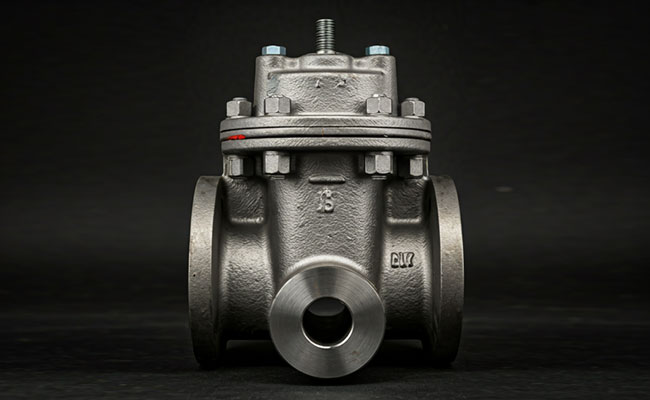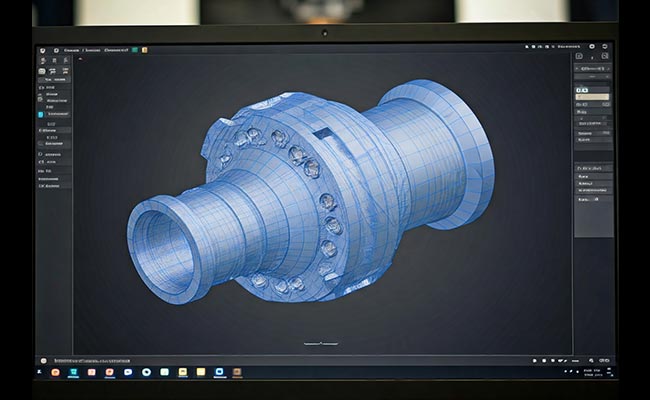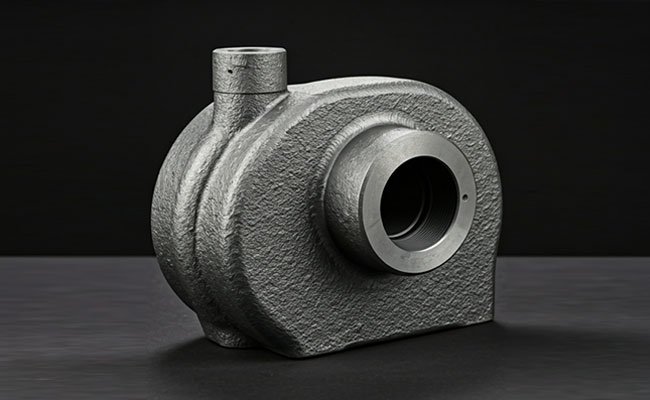
5 NON-FERROUS METAL APPLICATIONS AND WHAT THEY’RE USED FOR
2025-03-24
Safety Best Practices in Casting Foundries
2025-04-07Valve castings can be broadly categorized by the type of valve they form:
Gate Valve Castings: These are characterized by a flat gate that moves perpendicular to the flow path to open or close the valve.
Key Features: Typically have a wedge-shaped gate that fits tightly against the valve seat when closed.
Applications: Widely used in pipelines for on/off control.
Globe Valve Castings:
Key Features: Utilize a plug or disc that moves up and down within the valve body to control flow.
Applications: Often used for throttling flow (regulating the flow rate).
Ball Valve Castings:
Key Features: Employ a spherical ball with a hole through its center to control flow. When the ball is rotated, the hole aligns or misaligns with the flow path.
Applications: Known for their quick on/off action and compact design.
Butterfly Valve Castings:
Key Features: Utilize a disc that rotates within the valve body, pivoting on a shaft. When the disc is perpendicular to the flow, the valve is open.
Applications: Commonly used in large-diameter pipelines for on/off control and throttling.
Check Valve Castings:
Key Features: Designed to allow flow in only one direction. They automatically close to prevent backflow.
Applications: Used in various systems to prevent fluid from flowing backward.
Note: These are just a few of the many valve types. Other common types include plug valves, diaphragm valves, and needle valves, each with its own unique casting design and characteristics.
The specific casting type chosen depends on factors such as:
Application requirements: Pressure, temperature, flow rate, fluid type, and control needs.
Performance requirements: Leakage rate, flow control accuracy, and cycle life.
Cost considerations: Manufacturing costs, material costs, and maintenance costs.




